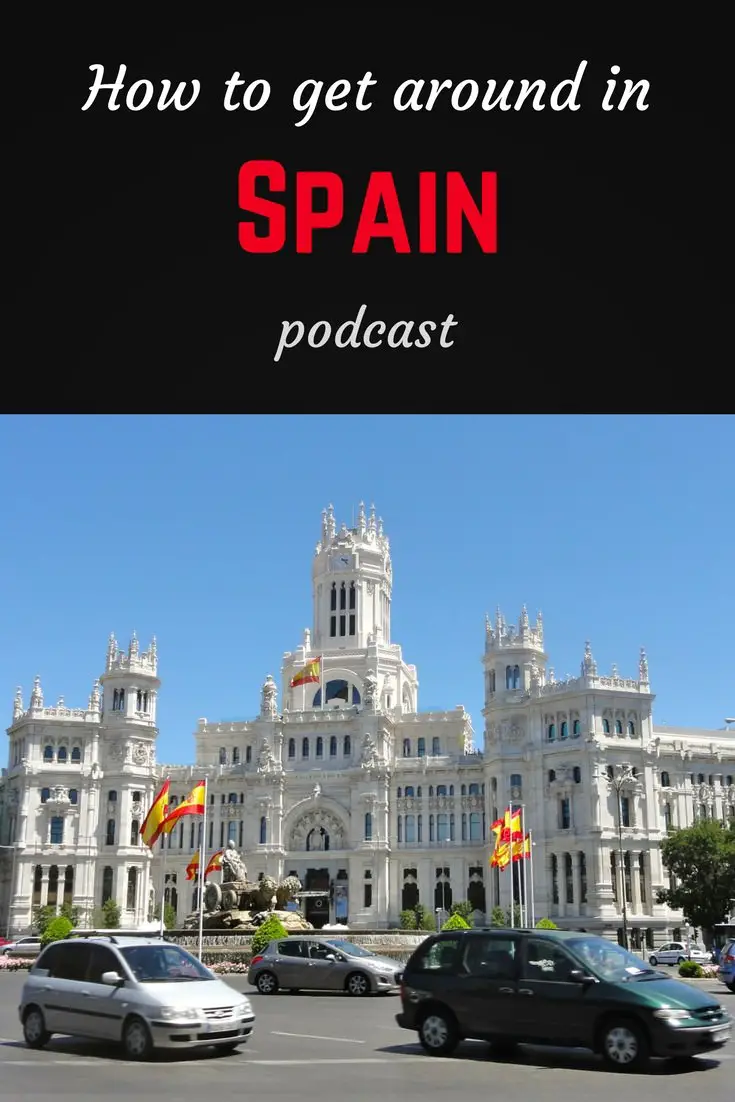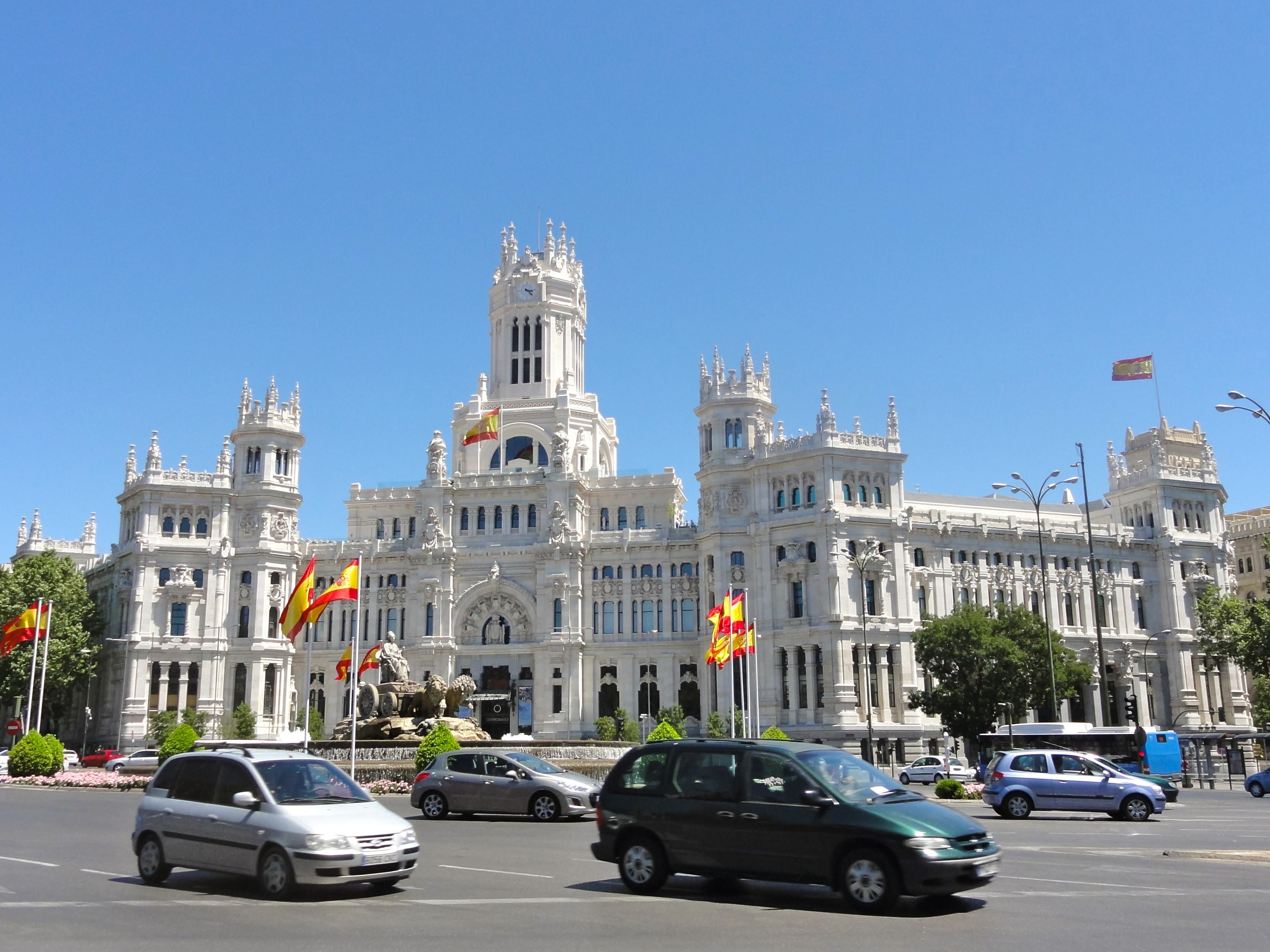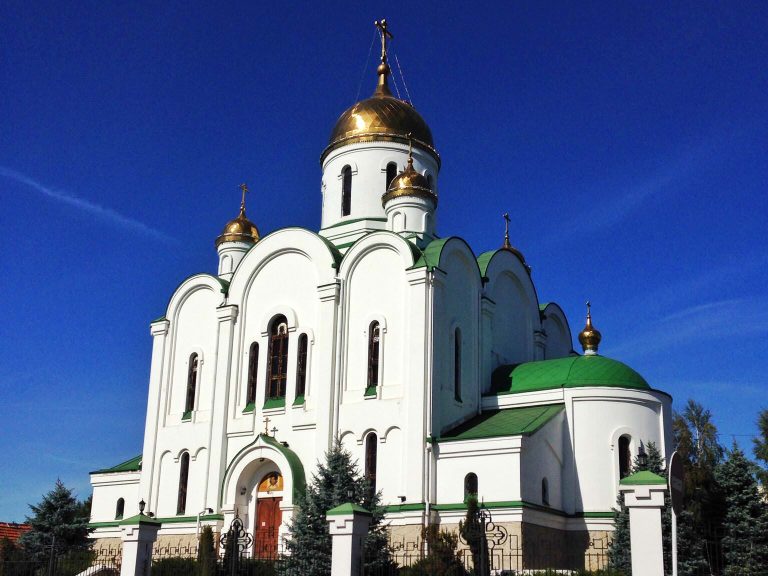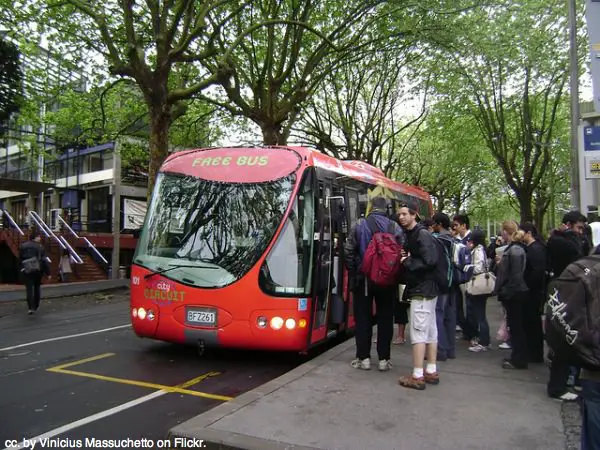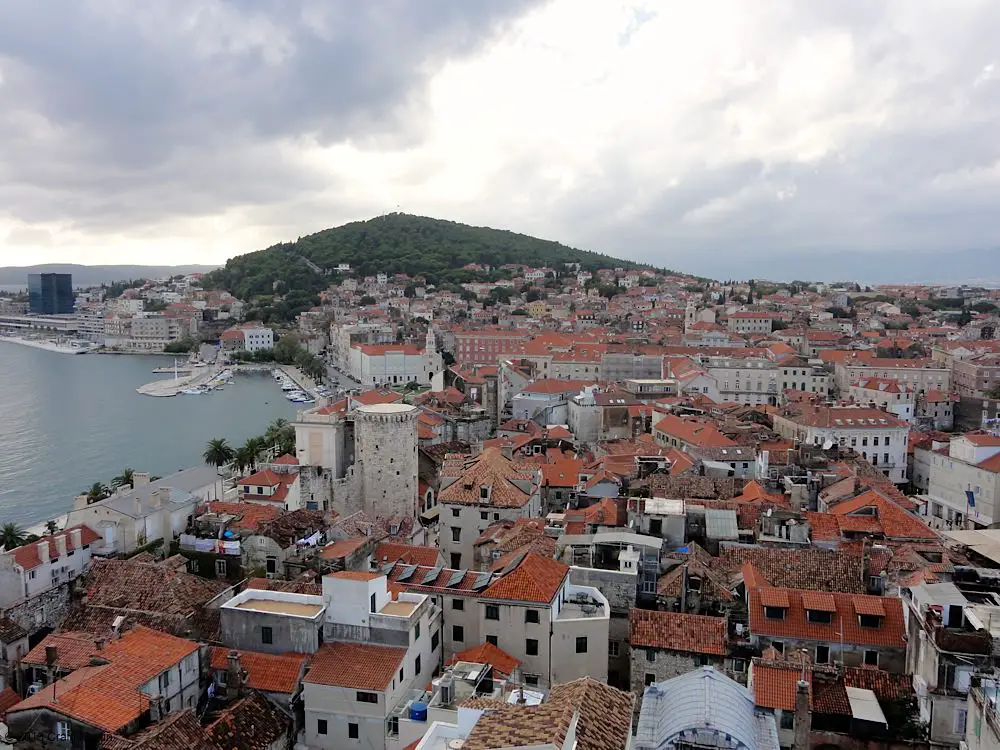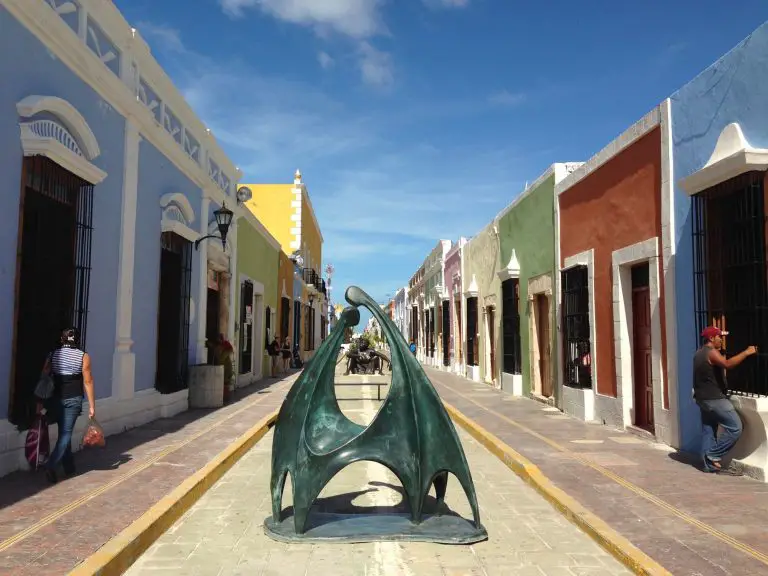How to get around in Spain podcast
Spain is an amazing country, packed full of culture, history and delicious, delicious tapas. Really, it’s a collection of different cultures — you’ll notice considerable differences as you travel around, in terms of food, language, architecture, and the way people interact.
So, if you’re heading to Spain, make sure to get out of Madrid and Barcelona, and explore further afield. And to do that, you’ll need to think about the best way to get around in Spain.
Luckily there are plenty of options, and you’re likely to use several different forms of transport during your stay.
To listen, hit play below or find episode 349 in iTunes, Stitcher or Soundcloud:
Bus
Spain has an extensive long-distance and local bus network, and this is often the best way to get from one place to another. The network is made up of a collection of different bus lines, which all run different routes; unfortunately there’s no convenient aggregation site to plan your journey from beginning to end. Rome2Rio can be helpful, though.
You’ll have to buy your tickets on the website of the bus company you’re travelling with, or at the bus station — and be aware that bus stations aren’t always conveniently located. Book your ticket in advance if you can, or just pick up a ticket at the bus station on the day if the route is run more than once an hour or so. On most local buses, you just pay the driver in cash.
Train
Trains are an excellent way to get around in Spain, especially on the high-speed routes that can see you winging your way to your destination at over 300 kilometres per hour. Local and medium-distance trains tend to be very good value, but long-distance trips can be quite pricy — book in advance. Also, the national train network website, Renfe, sometimes has trouble working out routes that involve a transfer. Do your research on Bahn.de or Rome2Rio, then head to Renfe to buy your tickets.
Another thing to be aware of is that all long-distance trains require a seat reservation; you’ll be allocated a seat when you buy your ticket. This means that people on an Interrail or Eurail pass (which allow unlimited travel on trains in the countries covered by the pass) have to purchase an additional reservation ticket — which are quite pricy in Spain. We don’t recommend planning to use these passes in Spain for that reason.

Plane
You’re likely to arrive by plane, and flying can be a great way to get around the Iberian peninsula too. Once again, book in advance for the best deals; low-cost carriers like Ryanair operate here, and Vueling, Iberia’s budget brand, often has some good deals.
Flying probably the best choice for short hops (go with land transport instead) but can save a lot of time if you’re travelling from the north of the country to the south, or vice versa.
You might want to consider flying into or out of Portugal when starting or ending your trip to Spain if you have a bit of extra time in your itinerary and would like to explore another country.
If you’re flying, check out our post about what to pack in your small carry-on bag.
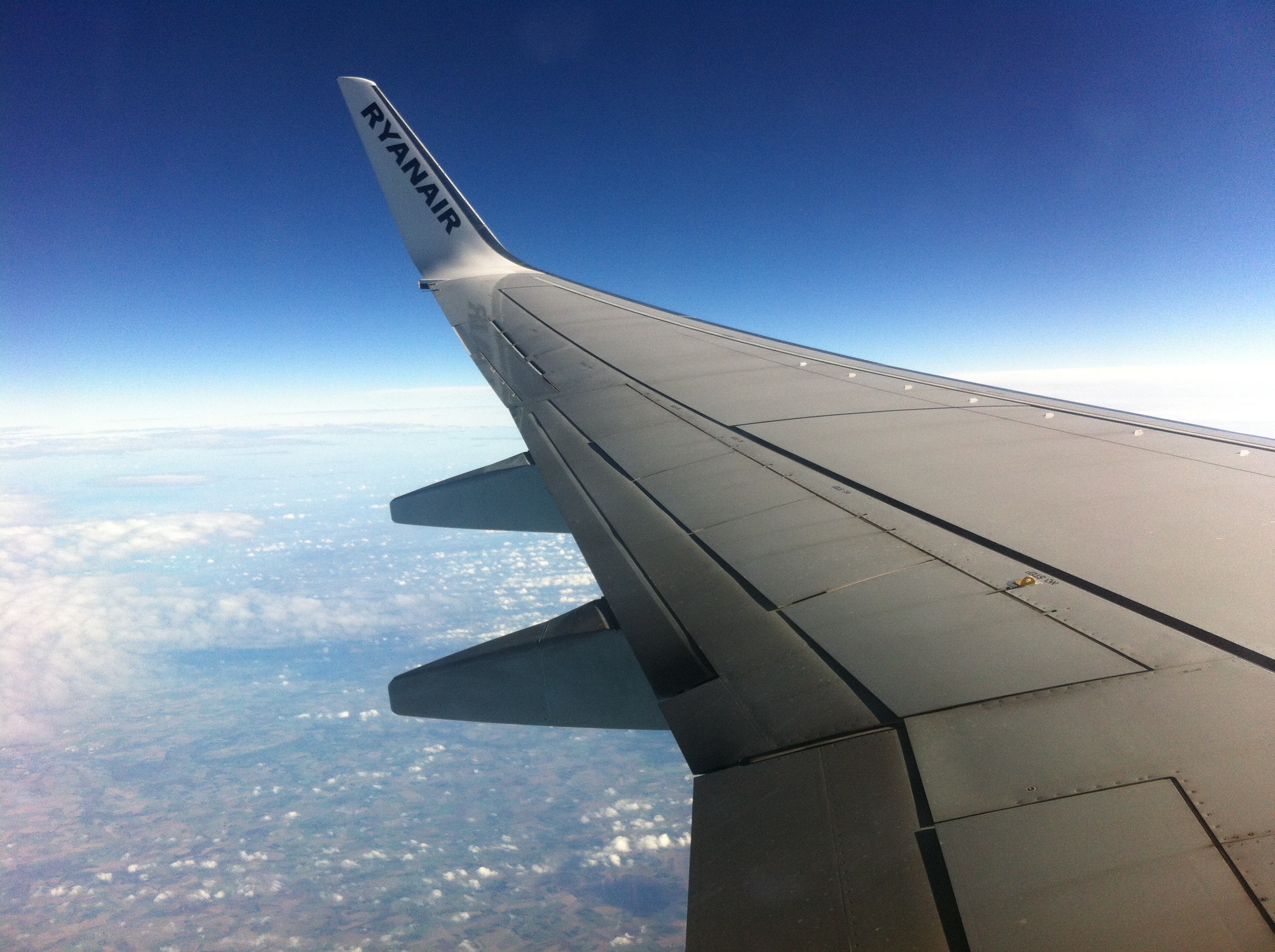
Car hire
All of the major airports have car rental facilities, and it’s easy to book online and pick up your car once you arrive. This can be a good option if you’re travelling in a group of three or four and would like to do some exploring.
Be aware that petrol isn’t particularly cheap in Spain, and many of the motorways are toll roads. You can create routes that avoid the tolls, but in our experience this has often worked out to be just as expensive, as the non-toll roads can be longer, therefore using more petrol!
Toll roads are easy to navigate, though — just take a ticket from a booth as you enter, and pay as you leave. Signs above the different lanes indicate different forms of payment available, such as cash or credit card.
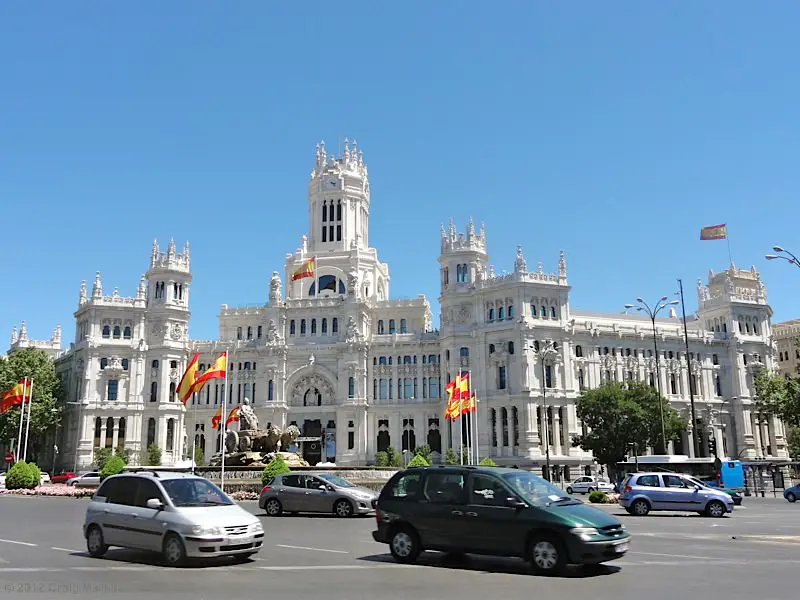
Rideshare
Ridesharing is a pretty popular way to get around in Spain, and can be an excellent choice if you’re travelling a popular route. Basically, ordinary people will advertise spare seats in their car for a particular journey, and you can request to join them for the advertised fee.
A rating system like on AirBnb keeps things pretty safe, though women might like to choose female drivers; personally, I prefer to use this option when travelling with a friend.
This can be a good option for last-minute journeys, as prices don’t tend to increase as the date gets closer (unlike some forms of transport!). Plus, it can be very good value, and great for meeting new people. Not so great for introverts.
Walk or cycle
Spain is dense with walking and cycling paths, including the spectacular network of pilgrimage routes that lead to Santiago de Compostela, known as the Way of St James or the Camino de Santiago. You can start from almost anywhere in the country and make your way by foot or bike to the north-western corner of the country; you’ll pass through many of the principal cities as well as a wealth of small towns and villages. Sure, it’s not the fastest way to get around, but it’s the best. Believe me.
You could also do the camino by horse, or with a donkey to carry your bags, but personally I’d stick with the animal-less options. Up to you, though.
Weather can vary a lot, as can terrain, so do a bit of research to make sure the route is suitable for your level of fitness.
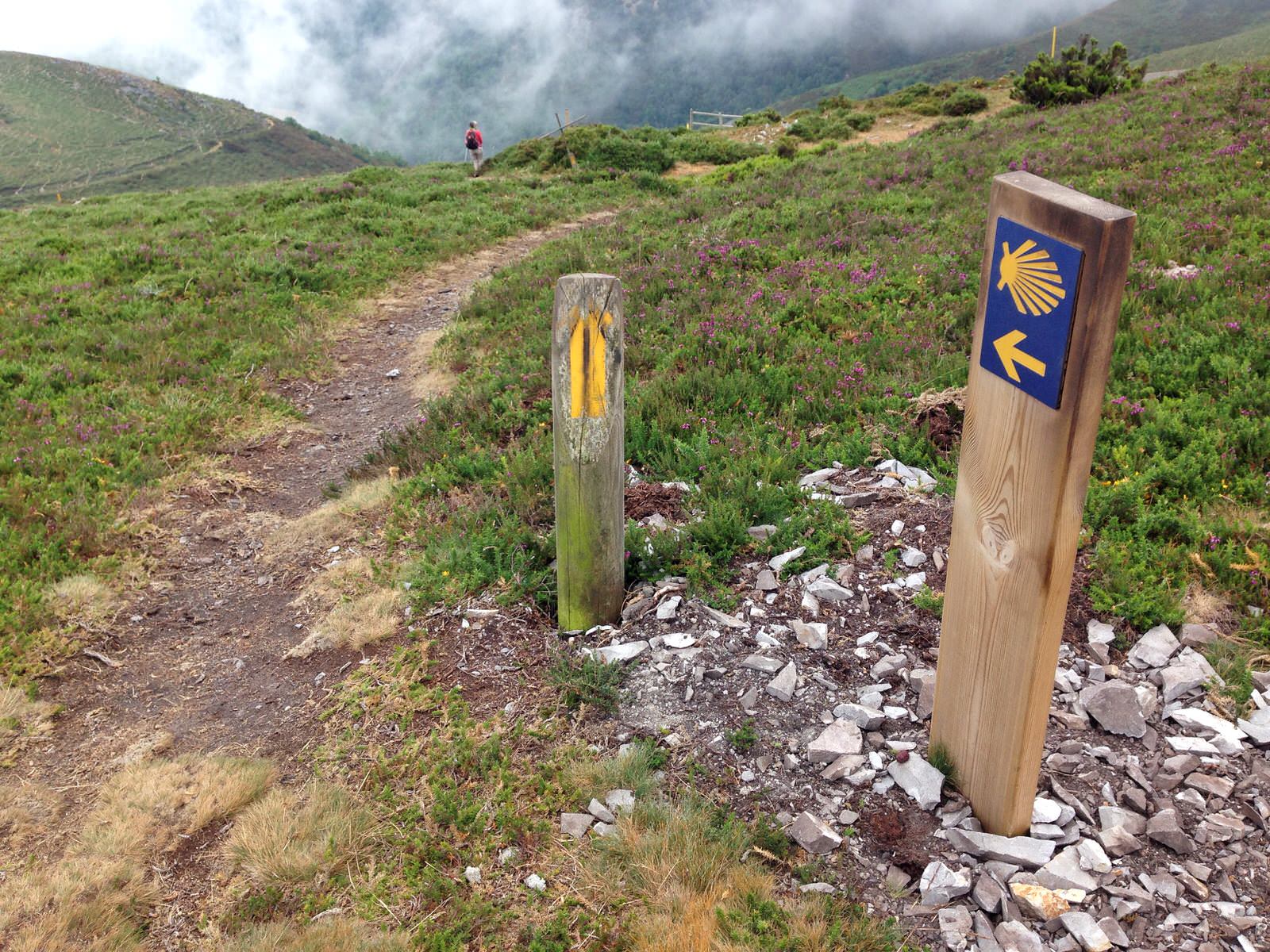
Boat
Apart from its borders with Portugal to the west and a bit of France to the north, most of Spain is edged by water — notably the Canary and Balearic Islands! You can fly to the islands, of course, but getting from one Canary to another, or from Majorca to Menorca, can also be done by ferry. There are also infrequent ferries from the mainland to the island.
You could also consider a cruise that takes in various coastal and island destinations, or hire a boat yourself to explore the Mediterranean Sea or Atlantic Ocean coast.
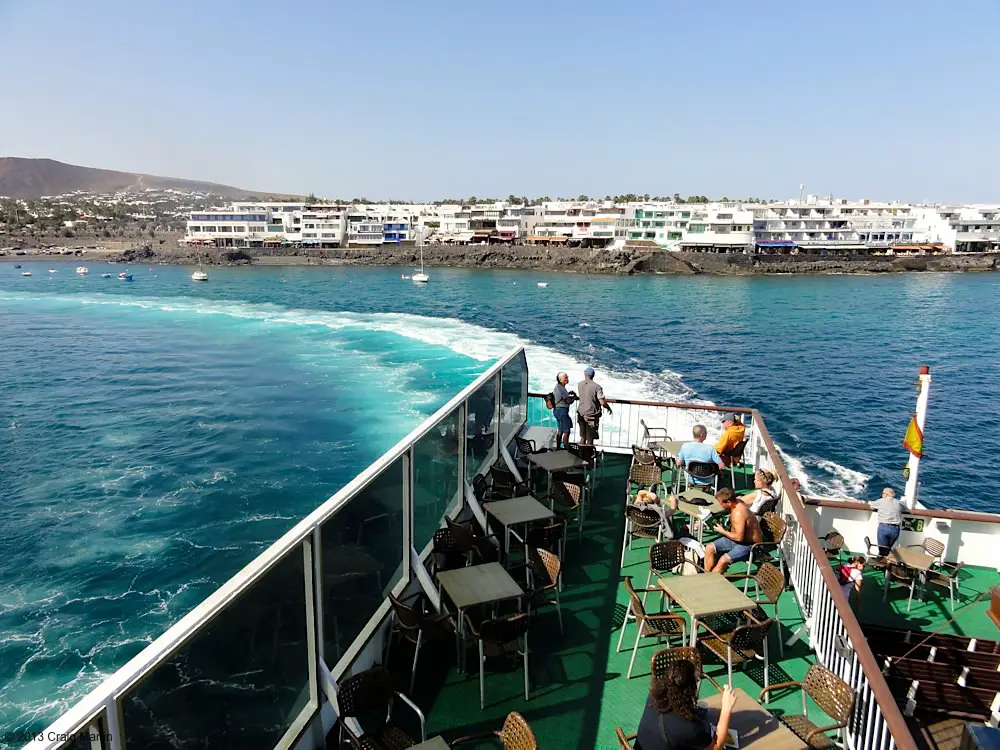
However you choose to get around in Spain, you’re sure to have an awesome time! What’s your favourite form of transport? Leave a comment below!
[box] This episode of the Indie Travel Podcast is sponsored by Welcome Pickups.
Welcome is the best way to discover a destination. Pre-book your arrival transfer and unlock the benefits of pre-ordered essential products (SIM cards, hotspots), tickets to top attractions, tips and tailor-made experiences led by locals.
Find out more about Welcome Pickups.[/box]
